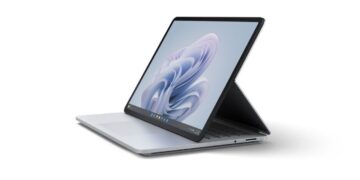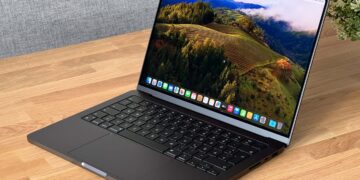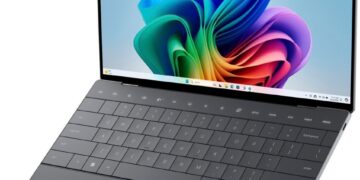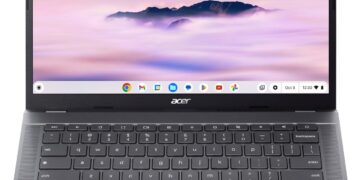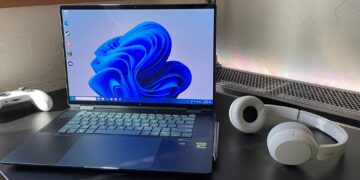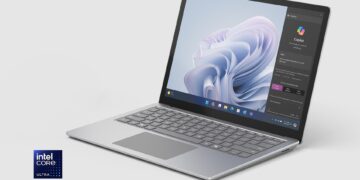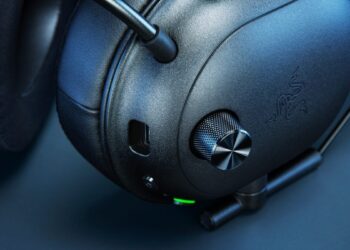The Surface Pro 11: Microsoft’s Bold Bet on an AI-Powered Future

For years, the Surface Pro has been the poster child for Windows 2-in-1s, a masterclass in design that others have consistently tried to emulate. But with the Surface Pro 11, Microsoft isn’t just releasing another iteration; it’s firing the starting pistol on a new era. This isn’t just a Surface Pro—it’s a “Copilot+ PC,” one of the first devices built from the ground up for on-device AI and powered by Qualcomm’s formidable Snapdragon X Elite and X Plus chips. It’s a bold declaration that the future of Windows is on ARM, promising revolutionary performance-per-watt and intelligent features. The question is, has the future finally arrived, or is this another promising but premature step?
Performance Reimagined: The Snapdragon X Factor
Let’s address the elephant in the room: Windows on ARM. Past attempts have been plagued by sluggish performance and frustrating app compatibility issues. The Surface Pro 11, however, feels like a different beast entirely. Powered by the Snapdragon X series, native ARM64 applications fly. From Microsoft’s own Office suite to browsers like Chrome and creative apps like Adobe Photoshop, the experience is fluid, responsive, and eerily silent thanks to the fanless design. The real magic, however, lies in the new Prism emulation layer for running traditional x86/x64 apps. It’s shockingly capable, handling most legacy software with a grace that previous ARM devices could only dream of. While niche, high-demand applications or specific developer tools might still encounter hiccups, the compatibility gap has narrowed dramatically. For the vast majority of users, the transition will feel surprisingly seamless.
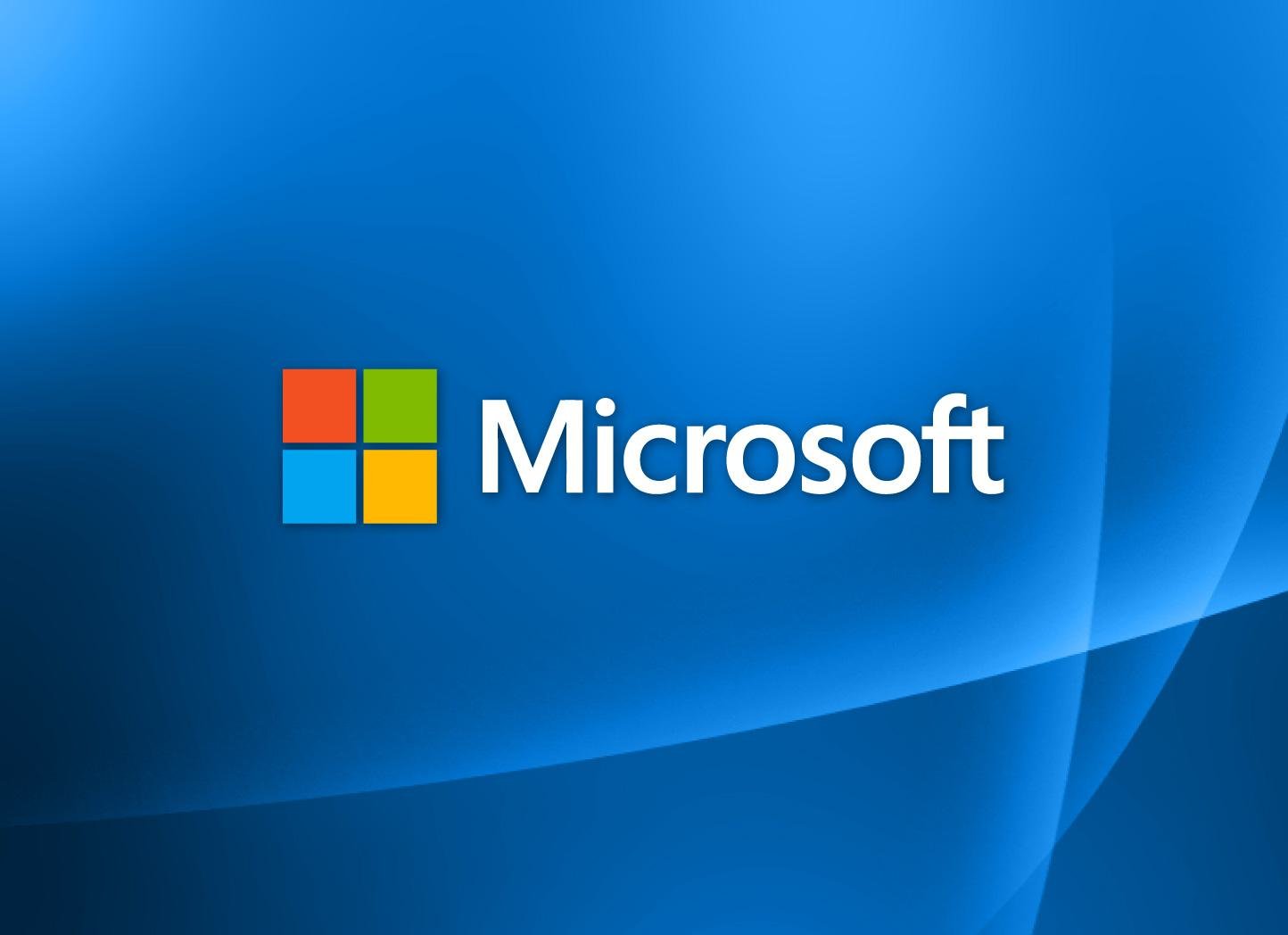
The true differentiator is the integrated NPU (Neural Processing Unit), the engine behind the “Copilot+” moniker. This dedicated silicon handles AI tasks locally, enabling features like Recall, which creates a searchable timeline of everything you’ve seen on your screen, and Live Captions, which can translate audio from over 40 languages in real-time. These features feel like a glimpse into the future of computing, though their immediate utility will vary. Recall, in particular, has sparked privacy debates, but its potential for productivity is undeniable. This isn’t just about speed; it’s about making the PC smarter and more contextually aware.
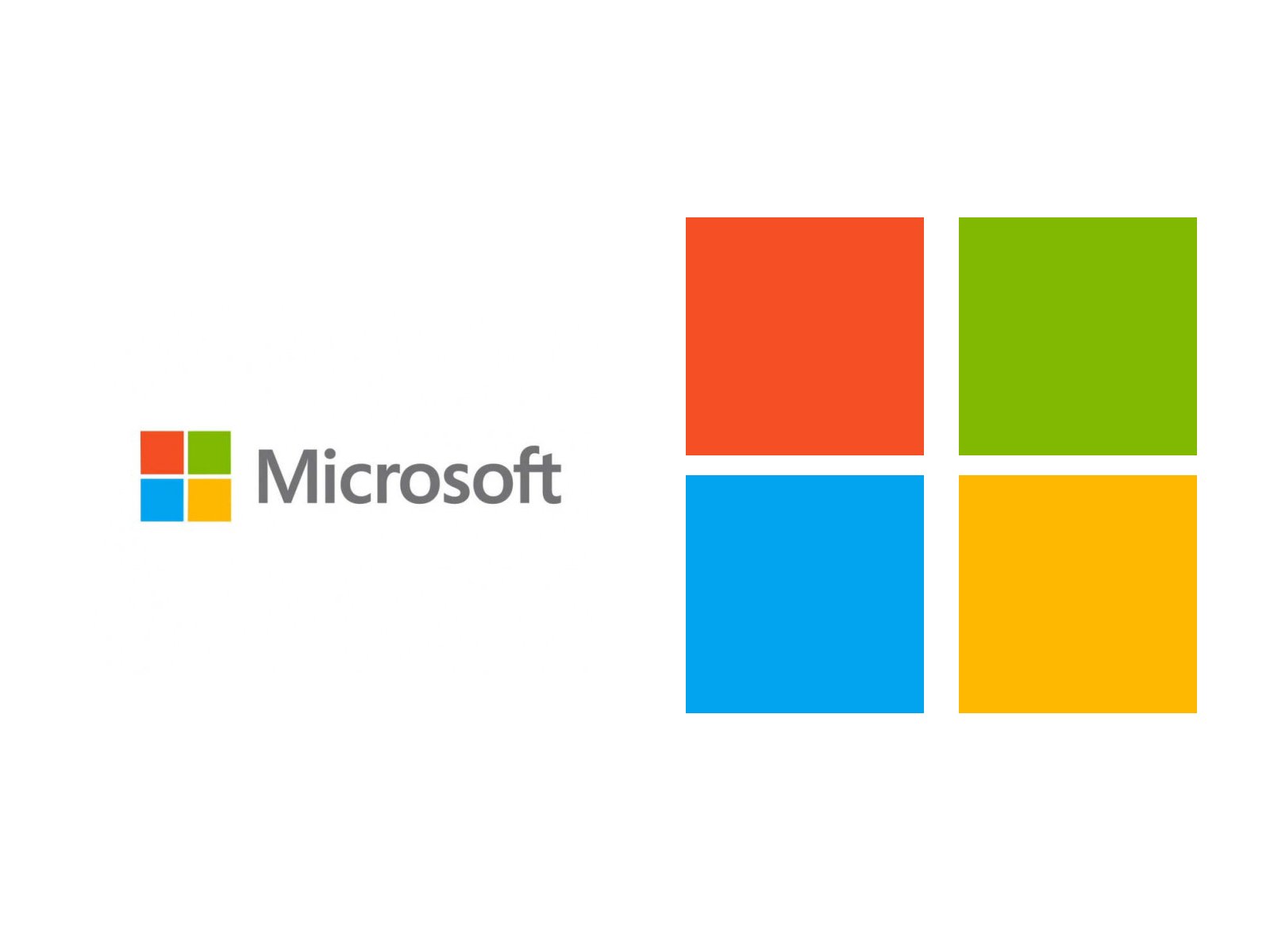
A Stunning Display in a Familiar Shell
From a distance, the Surface Pro 11 looks… well, like a Surface Pro. The iconic magnesium alloy chassis, the impeccable build quality, and the infinitely adjustable kickstand are all present and accounted for. While some may have hoped for a radical redesign, the “if it ain’t broke” approach is understandable. The real upgrade becomes apparent the moment you turn it on. The new Tandem OLED display is, in a word, spectacular. Colors are vibrant, contrast is infinite with perfect blacks, and HDR content pops with breathtaking brilliance. It’s a significant leap over the already excellent PixelSense LCDs of the past and puts the device on par with the best tablets on the market.
Alongside the device comes the new Surface Pro Flex Keyboard. This accessory is a game-changer, finally allowing the keyboard to be used both attached and detached from the screen via Bluetooth. It’s also more rigid than its predecessors, providing a sturdier, more laptop-like typing experience on uneven surfaces. The haptic touchpad is larger and more responsive, closing the gap with high-end ultrabooks. The only persistent drawback is that this vastly improved keyboard—along with the Slim Pen—remains a separate, and expensive, purchase.
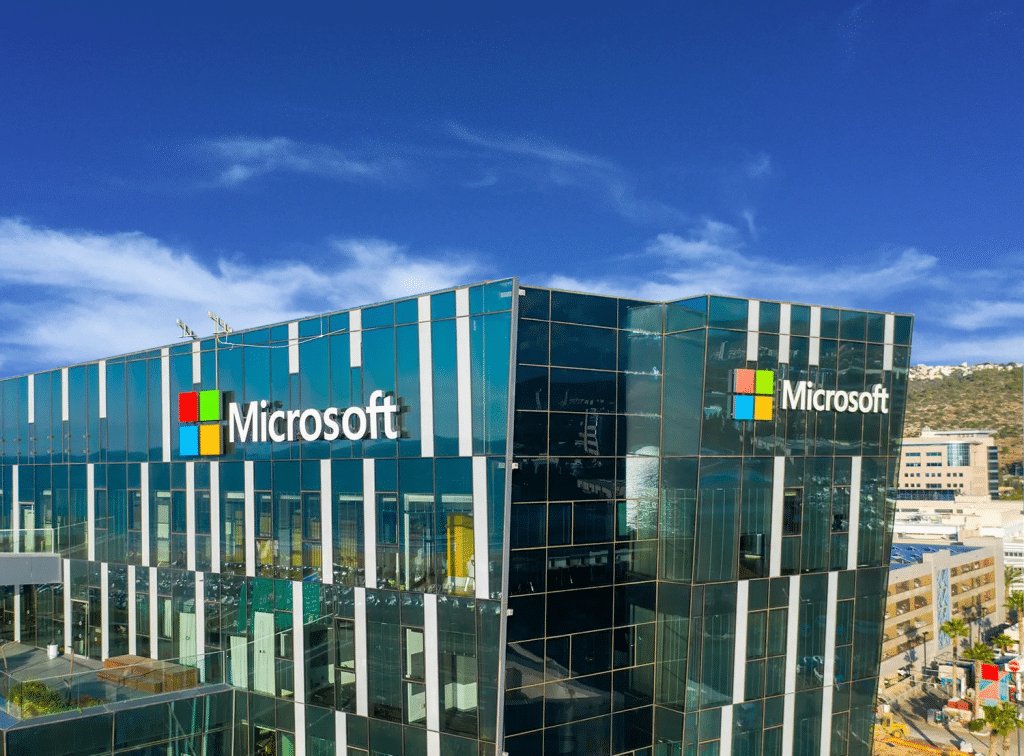
The Verdict: An Ambitious Glimpse of Tomorrow
The Microsoft Surface Pro 11 is a landmark device. It successfully marries the beloved Surface hardware with a new ARM architecture that finally delivers on its promise of stellar performance and exceptional, all-day battery life. The OLED screen is a showstopper, and the new Flex Keyboard rectifies a long-standing usability issue.
However, its identity as a Copilot+ PC is both its greatest strength and a point of caution. The AI features are forward-thinking but are still in their infancy, and the reliance on emulation, however good, means a small subset of power users may still find a traditional x86 laptop a safer bet. For most people, though—especially mobile professionals, students, and creatives whose workflows are primarily in modern applications—the Surface Pro 11 is a triumph. It’s a powerful, efficient, and beautifully crafted 2-in-1 that sets a new, exciting standard for the future of the Windows PC. It’s the first Windows on ARM device that doesn’t feel like a compromise.
Where to Buy:
Microsoft Surface Pro 11 (Copilot+ PC) Quick Summary
Key Scores:
- Value: 80%
- Design: 90%
- Performance: 92%
- Quality: 93%
- Popularity: 85%
Top Pros
- ✅ The tandem OLED display offers incredible color and contrast.
- ✅ All-day battery life finally lives up to its promise.
- ✅ Native app performance is remarkably fast and very efficient.
- …
Key Cons
- ❌ Essential accessories like the keyboard are a costly extra purchase.
- ❌ App compatibility for older x64 software can be inconsistent.
- ❌ The overall design feels iterative rather than truly revolutionary.
- …

